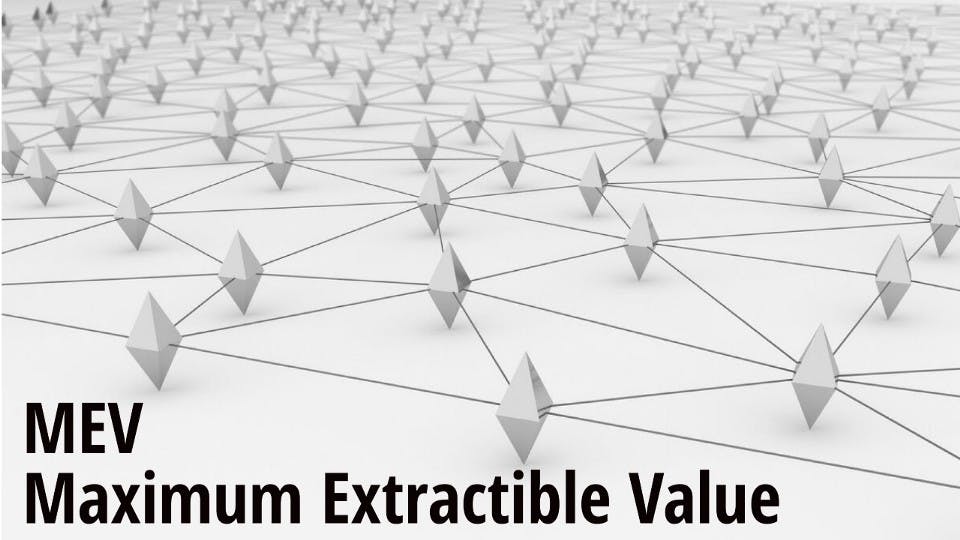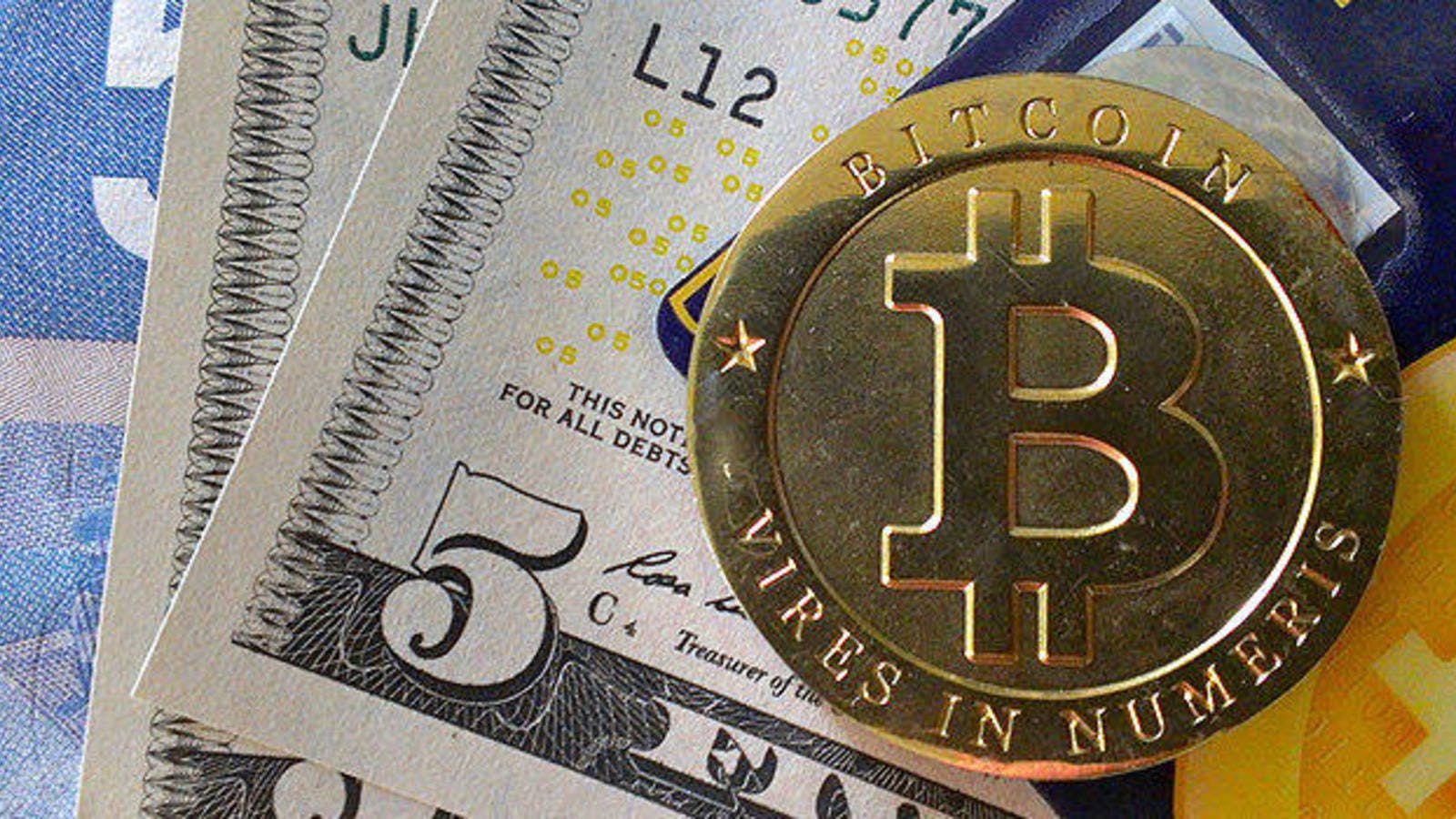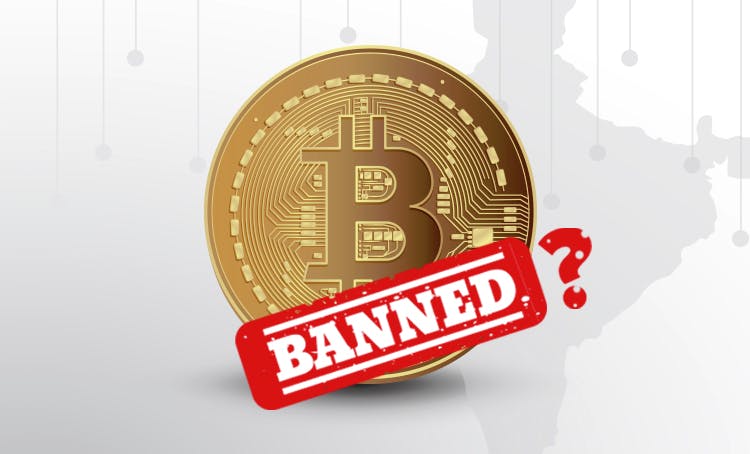
- All
- Tools
- Analytics
- Technical Analysis
- Trading
- Blockchain
- DeFi
- Guides
- Company News
- Educational
- Opinion
- Price Predictions
- Market News
- News
- Trading cases
- Practical guides
- Exchanges
- Trading signals
- Cryptocurrency
- Crypto bots
- Other
Become a crypto master
Learn everything about crypto,
trading and bots

MEV: Maximum benefit, minimum use
Start Trading on 3Commas Today
Get full access to all 3Commas trading tools with free trial period

The new Ethereum EIP-1559 network improvement proposal included in the network’s upcoming update is set to change the network fees on ethereum. This will affect the income of miners, who earned twice as much as bitcoin miners in 2020. To minimize the expected loss in ETH miners’ revenue, a new solution has been developed that includes a mechanism to allow miners to reorganize submitted transactions using the ethereum blockchain as a means of increasing fee revenue.
In today’s article, we’ll talk about a solution called Maximum Extractable Value (MEV), an increasingly important discussion topic that has intensified as the network update approaches.
Declining ethereum mining yields
As DeFi protocols onboarded more and more users to the ethereum network, users were forced to spend exponentially more in transaction fees due to the network’s congestion. Concurrently, miners made record-high profits as a result of the higher fees paid by users.
Low scalability and high fees are the main problems with many blockchains at the moment. The ethereum network plans to solve their current increase in fees by implementing the London update, which includes the EIP-1559 (ethereum improvement proposal) to be activated in early August 2021 on the ethereum mainnet.
In this new proposal ethereum transaction fees are set to change through the following mechanisms::
- An ETH burning mechanism that will make ETH more scarce and therefore more valuable. Some of the ETH that is used to pay transaction fees will be burned.
- A new gas pricing mechanism will replace the old auction system. Gas fees will be set to adjust depending on the network load. When blocks are filled by more than half, transaction fees will rise and vice versa
This proposal solves many of the problems users face when interacting with the ethereum network and should help lighten the load of network fees for users.
Clash of Interests
To some extent, these high transaction fees have allowed other blockchains to attract a large number of users who are not willing to pay to transact on an overcrowded ethereum blockchain. There are hot debates about EIP-1559 in the ethereum community, and not everyone sees the proposal as a good thing.
EIP-1559 was also critically received by the miners, many of whom spoke out against its activation, staging a campaign to move the hashrate to Bitfly’s Ethermine pool to attract attention.
According to The Block, in May 2021 alone, miners earned a total of more than $2.35 billion, nearly half of which came from fees. When you consider that updating the network and activating the new proposal would reduce miners’ profitability by 50%, it is easy to understand the reasons for such a negative reaction.
Instead of accepting the proposed change at face value, miners published another proposal — EIP-3368, which increases the block mining reward to 3 ETH, instead of 2, with a further reduction of the reward to 1 ETH within two years. As a result, the arguments for a drop in the network’s hashrate seemed unconvincing, and the mining pools, looking to offset their potential profit losses, began to consider alternative solutions, one of these being Maximum Extractable Value.
Maximum Extractable Value
Maximum Extractable Value strategies are solutions that allow miners to acquire additional value while mining ethereum. Miners choose which transactions should be included in the next block, giving them significant power. Within the DeFi ecosystem, using this “privilege,” miners can analyze the blockchain for arbitrage opportunities and earn additional income by outperforming user transactions using DEX solutions. This process of extracting value was called “Front Running” and was one of the first MEVs.
The MEV strategy has many applications. For example, based on transaction data, miners can leverage the dynamics of market conditions by copying trades for profit. Much of the extracted value comes from arbitrage between the two decentralized exchanges, as this is the process where the order in which the transactions are added matters.
Another Request for Reorg (RFR) solution, currently under discussion, will allow users to create a request to implement the blockchain reorganization process in custom blocks produced by miners with sufficient processing power.
With the ability to make decisions about the order of transactions in blocks, miners have gone even further and proposed another solution called MEVA, short for Maximum Extractable Value Auction. With MEVA, miners can auction off the rights to place transactions in blocks. The user with the highest bid gets to place their transaction in the block.
It is worth noting that these MEV strategies are also available on other blockchains, even those where data providers or validators provide transaction formation instead of miners. According to the MEV-Explore service, miners would have made more than $770 million since the beginning of the year using MEV.
Concerns
Due to the growth of DeFi’s popularity and as decentralized protocols have become more liquid, the competition between arbitrage bots has increased. Competition leads the bots to constantly raise gas prices in an effort to process transactions faster, orchestrating so-called “gas wars.” Throughput is then reduced, and the price for regular network participants to conduct transactions is increased. This clogs the blockchain and makes it less usable as a result.
Arbitrage is profitable as long as the difference between prices on the different exchanges is higher than the associated network fees. For this reason, miners are extremely interested in arbitrage because as network fees rise, so do miners’ earnings.
MEV does, however, have negative consequences for the ethereum network. The ability for miners to reorganize the blockchain is a direct threat to the secure functioning of the network because it affects the consensus of the Proof-of-Work mechanism, thereby threatening the integrity of the chain itself.
To create an ecosystem with the ability to implement MEVs, Flashbots was created as a research and development organization aimed at studying and mitigating the negative effects of value extraction strategies. The use of MEV goes beyond fairness or shared benefit and instead is aimed at selfish enrichment through the exploitation of users.
The unfair distribution of transactions is being addressed by Chainlink, which is working on a system called Fair Sequencing Services (FSS). FSS is a solution for maximizing profits by using a decentralized network of oracles to sequence transactions.
This approach prevents unfair distribution of transaction orders and reduces fees by easing gas wars. FSS is under development and more advanced strategies like encrypted transaction ordering are possible in the future.
Conclusion
The MEV approach has been used in blockchains for a long time but requires careful and extensive studying. Getting rid of maximum benefit strategies altogether is unlikely due to the complexity of decentralized protocols, but solutions to improve the situation are already being developed and could have a positive effect on the development of decentralized solutions. This would, in turn, lead to a better user experience on blockchain networks.

A proven leader, successful at establishing operational excellence and building high-performance teams with a sharp focus on value creation and customer success.






